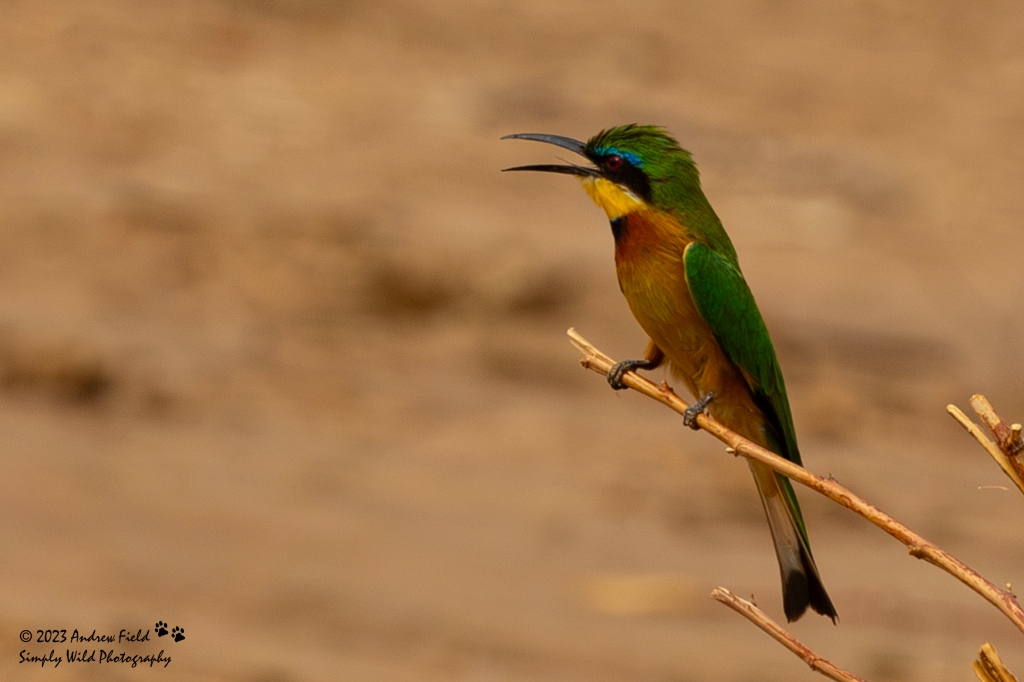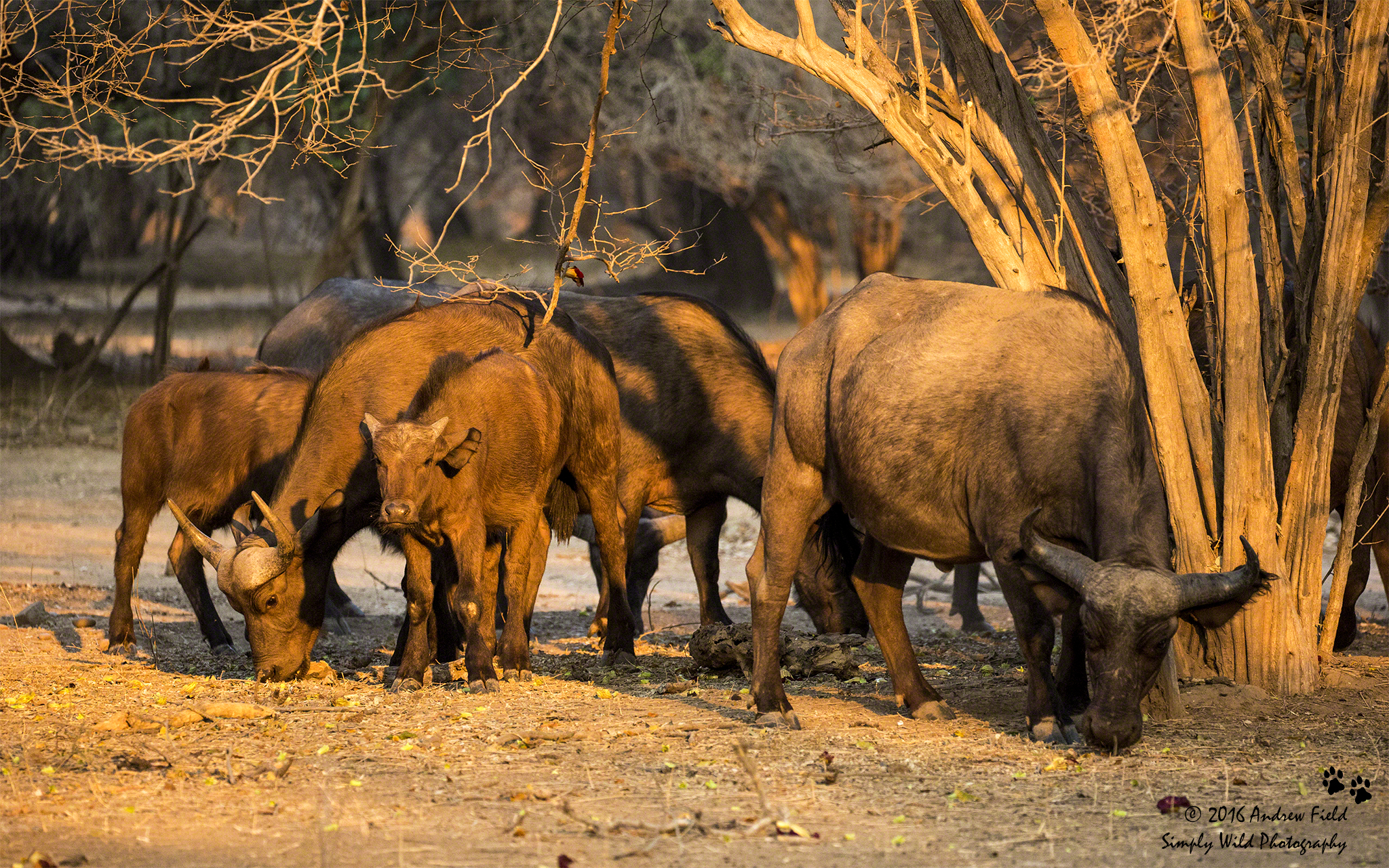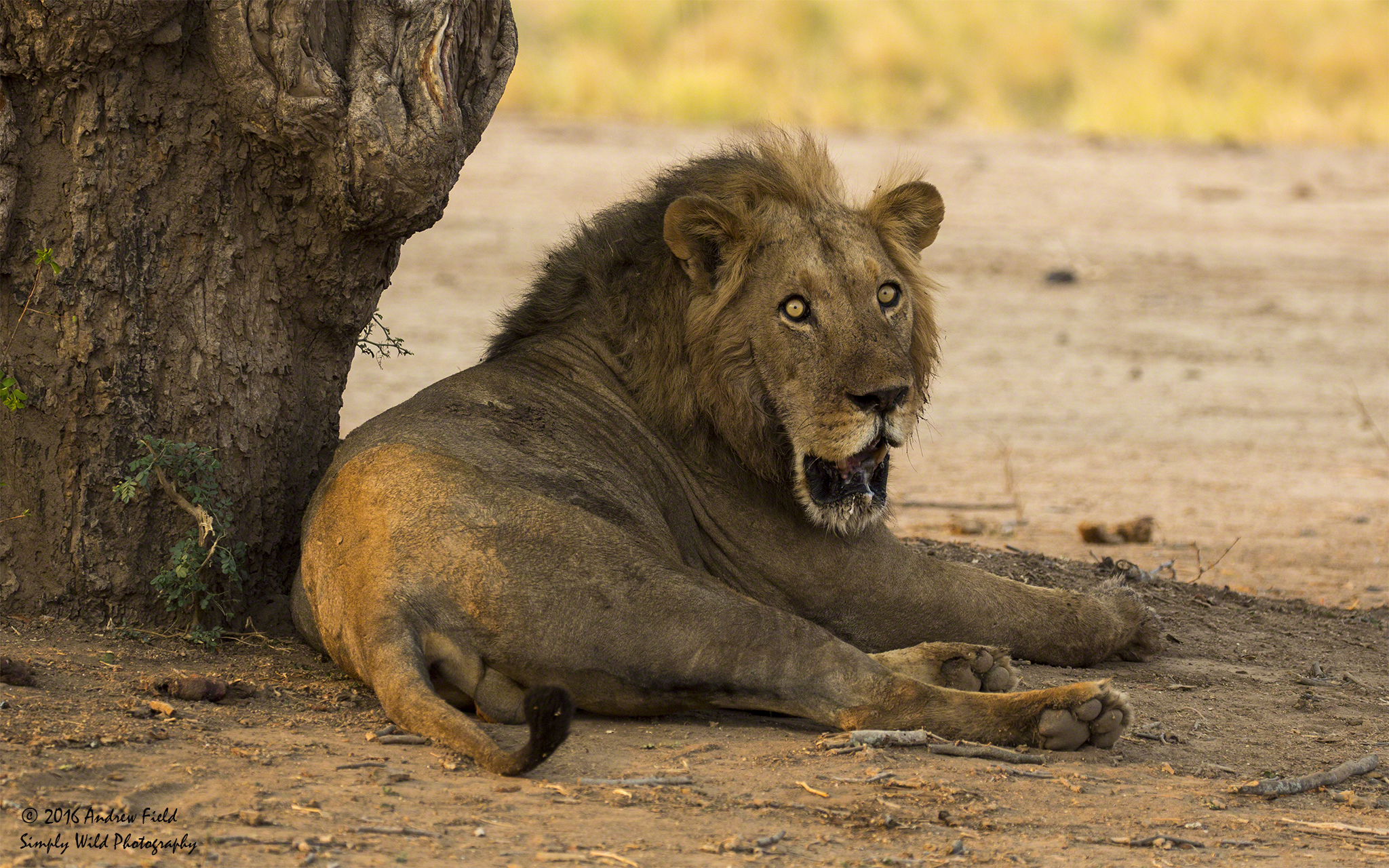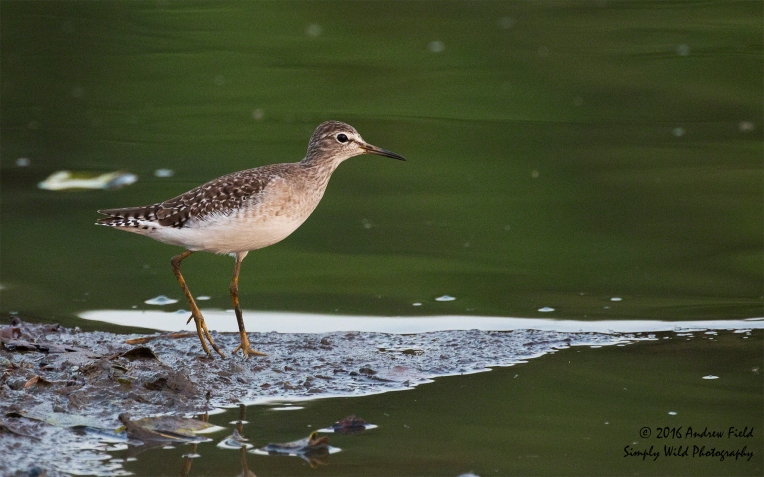
The Little Bee-eater (Merops pusillus) is a member of the family, Meropidae. It is the smallest African bee-eater, reaching a length of 15-17 cm. They are rich and brightly-colored slender birds found in Sub-Saharan Africa. They predominantly insect eaters, usually caught in the air during sorties usually from an open perch. These birds are solitary nesters, making a tunnel in sandy banks, or sometimes in the entrance to burrows. They lay 4 to 6 spherical white eggs, and both the male and the female take care of the eggs. They are apparenlty quite tame birds. The subject in this photography was tiny in the frame, an opportunity for the record shot, thus not a great photograph, but good for sharing.
(Canon EOS 5D Mark III / EF 100-400mm f/4.5-5.6L IS II USM; 1/320 sec; f/16; ISO 500; 400mm)
Picture ©2023 Andrew Field – Simply Wild Photography
A-Z of Photography
Exposure Compensation is the deliberate under or over exposing of an image beyond the light metering system of the camera, usually done to achieve the correct exposure in difficult lighting situations. Many photographers will slightly underexpose their shots where the risk of clipping exists. That is where the intensity of light in an area of the image falls outside minimum or maximum intensities.
“A photographer’s eye is perpetually evaluating. A photographer can bring coincidence of line simply by moving his head a fraction of a millimetre. He can modify perspectives by a slight bending of the knees. By placing the camera closer to or farther from the subject, he draws a detail. But he composes a picture in very nearly the same amount of time it takes to click the shutter, at the speed of a reflex action.
Henri Cartier-Bresson
Stuck in darkest Africa, lost in the wild and loving it! Don’t let me out of here…




